Reviews
Tudor’s Nauty Noughties
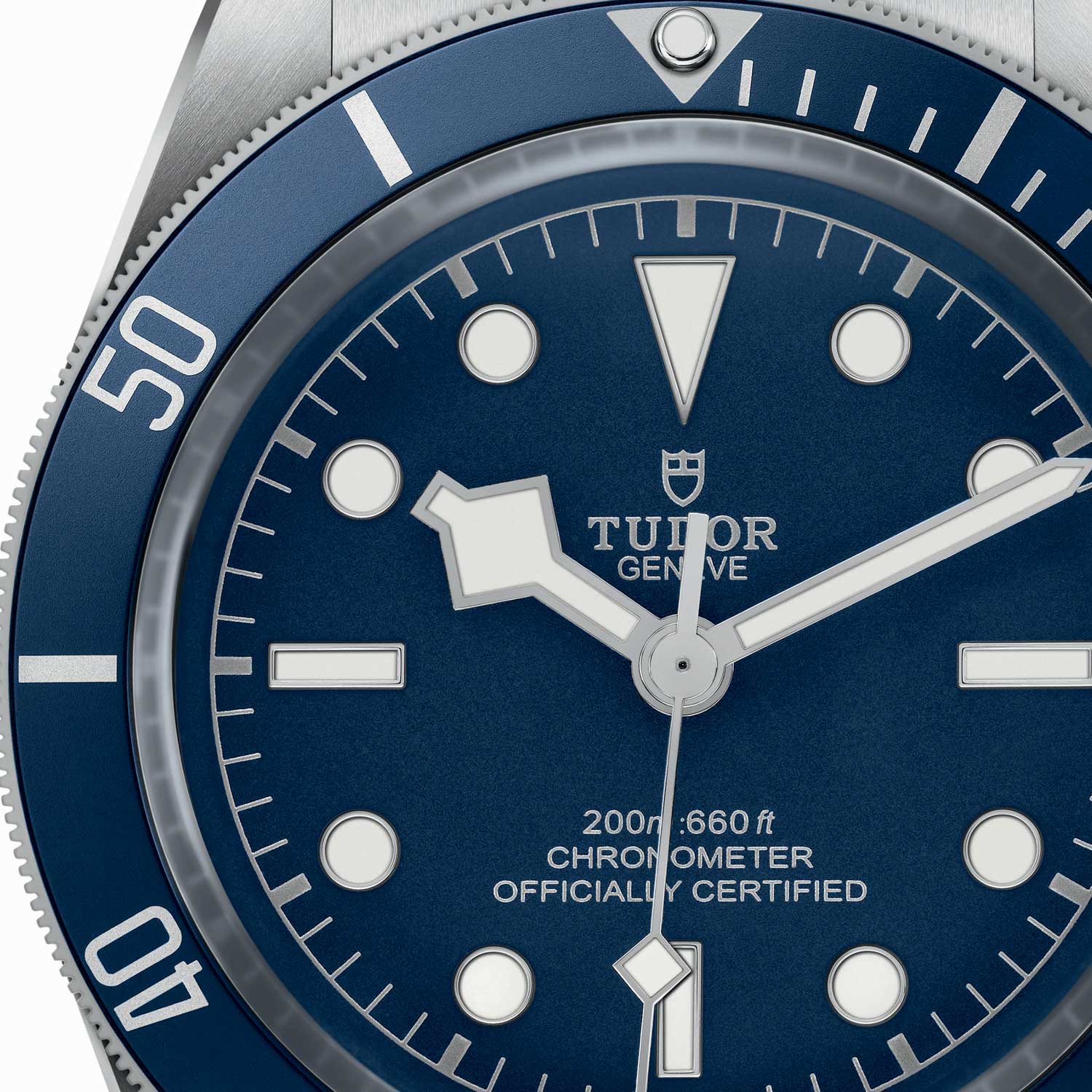
A closer look at the bezel and “snowflake” hour and seconds hand of the BB58 Navy Blue
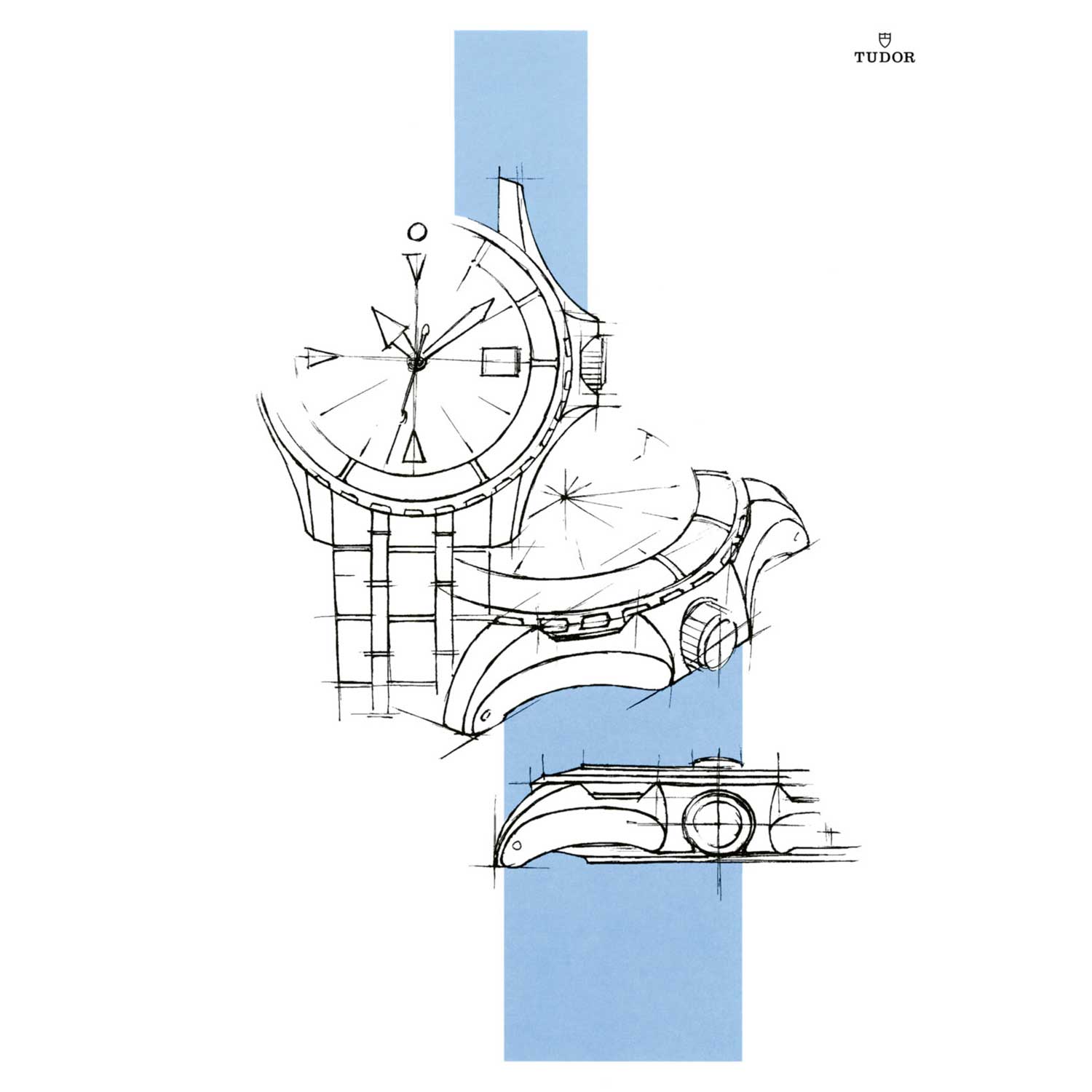
New design — the case of the Hydronaut with a reworked dive watch case
What an act to follow…
The Submariner is arguably the most iconic of all dive watches. I don’t use the term “iconic” lightly, but I think you’ll agree that whilst it might not have been the very first watch of its kind, no other model has had the long-lived impact of the good-old Subby. One could be forgiven for thinking that the Submariner name was dropped in honor of the Black Bay, but in fact, there was a chapter that preceded the Black Bay with the heading Hydronaut. In 1998, Tudor dropped the full-sized Submariner reference 79190 and replaced it with the reference 89190 (although the mid-sized 36mm 75190 Submariner and 33mm 73190 Mini Sub were still available). The new watch was simply badged as a Prince Date for the first year and cataloged as the Prince Date Diver’s Watch. The watch was a pretty drastic reinterpretation of Wilsdorf’s classic diver with a rounder case profile and a mid-case that almost wrapped around the unidirectional bezel at both ends near the lugs. Gone too were the Mercedes-patterned hands, replaced with a flanged minute hand and large arrow hour hand. The Prince Date did, however, maintain the round and triangular format hour markers that were a trademark of the post-Snowflake Tudor Subs.
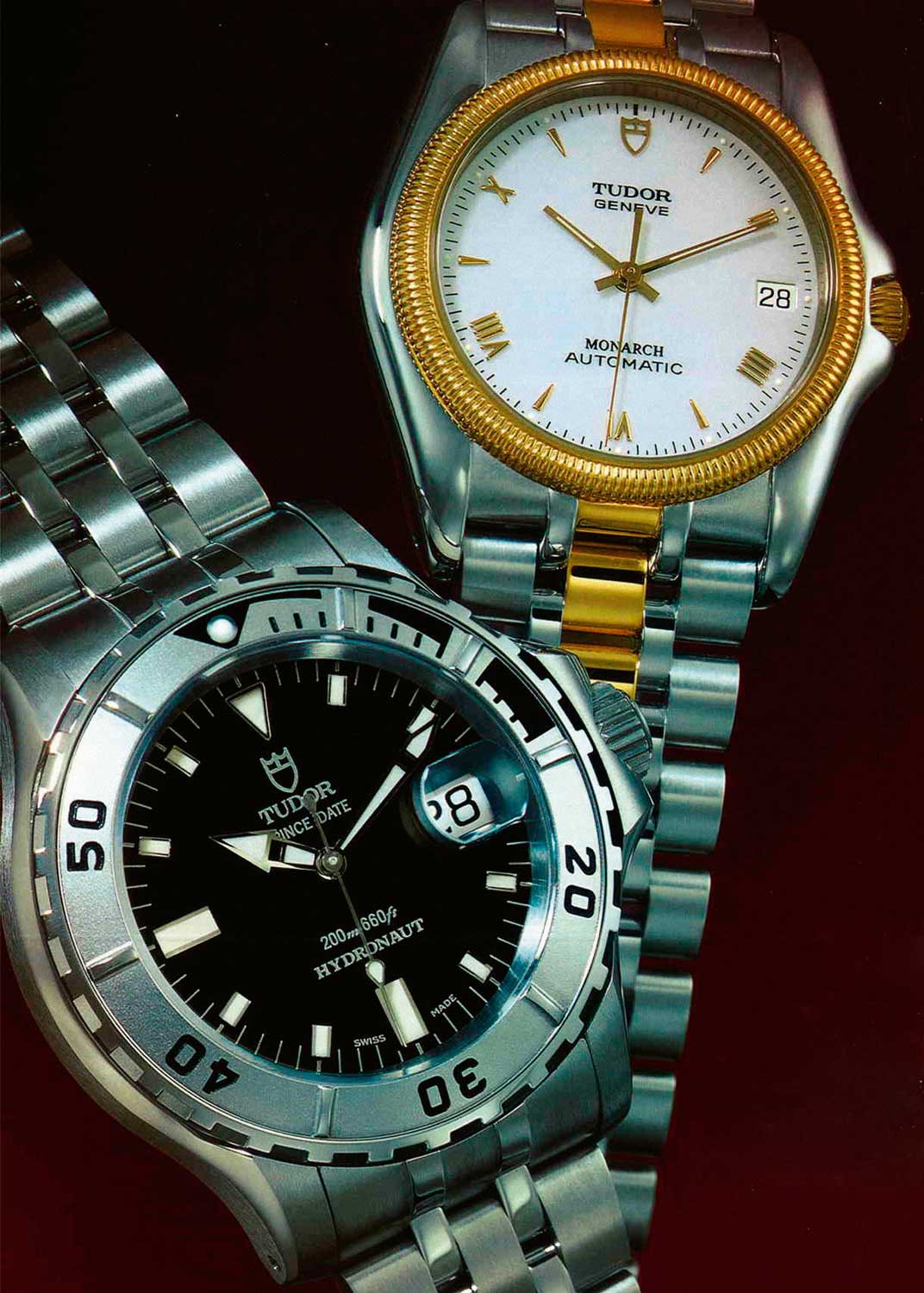
Tudor’s sport reference 89190 replaced the full-sized Submariner reference 79190 in 1998. The new watch was initially catalogued as the Prince Date Diver (left) and released alongside a dress watch called the Monarch Automatic (top)
In 1999, the reference 89190 was reborn as the Hydronaut. With the Hydronaut also came a new dial that featured rectangular hour markers with large stripes of Super-LumiNova through the middle. One element of the classic Submariners that did appear in 1999 was the use of blue bezel inserts with blue dials and black bezel inserts with black dials. The other dial colors have steel inserts. From the 89190’s introduction in 1998 in the pre- Hydronaut, the use of color on the dials was prevalent. Much like the Small Block chronos, dials came in vibrant yellow, shocking orange, cream and silver. There were also mother-of-pearl dials in white, pink and blue and also a carbon fiber black dial.
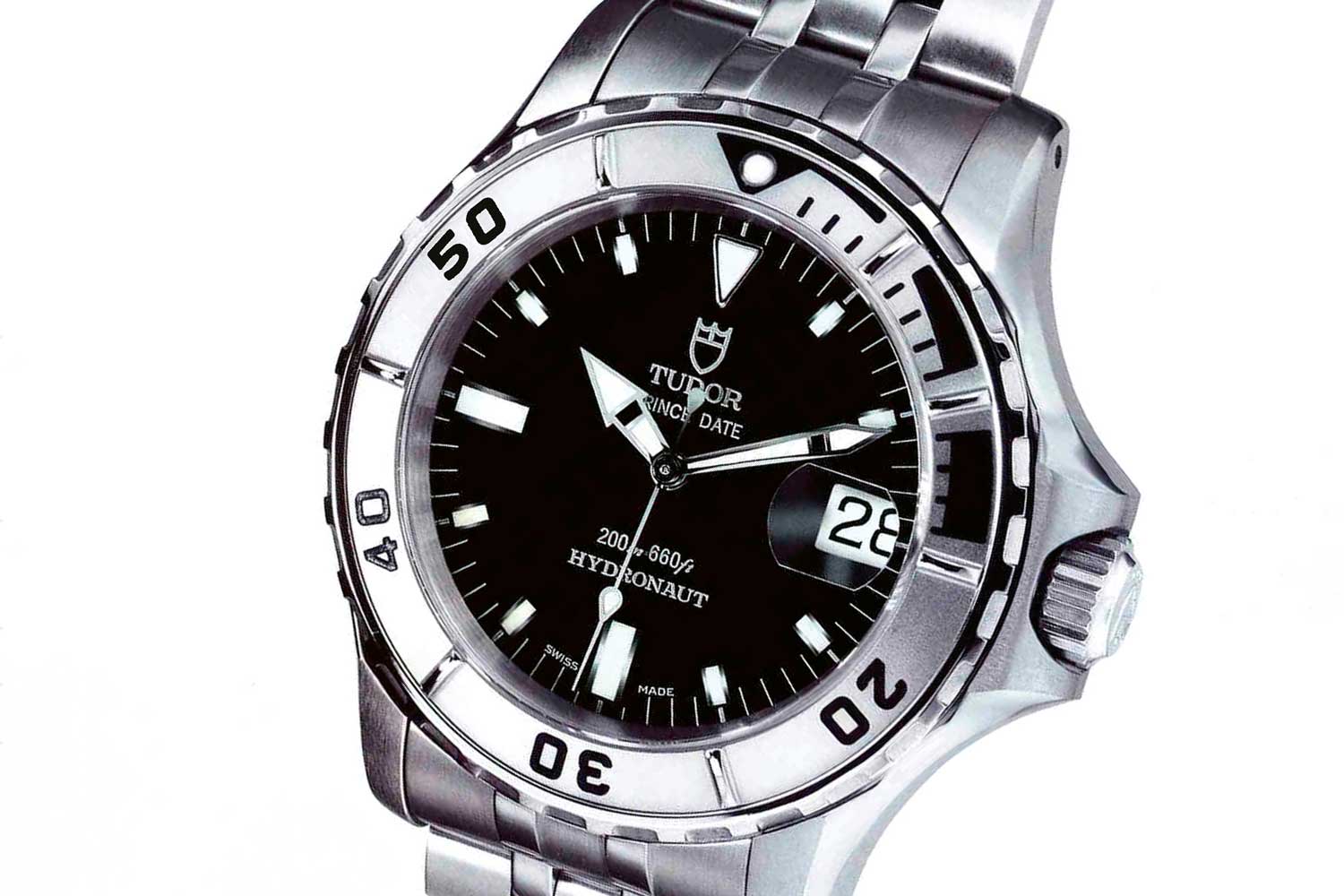
Reference 89190 Hydronaut
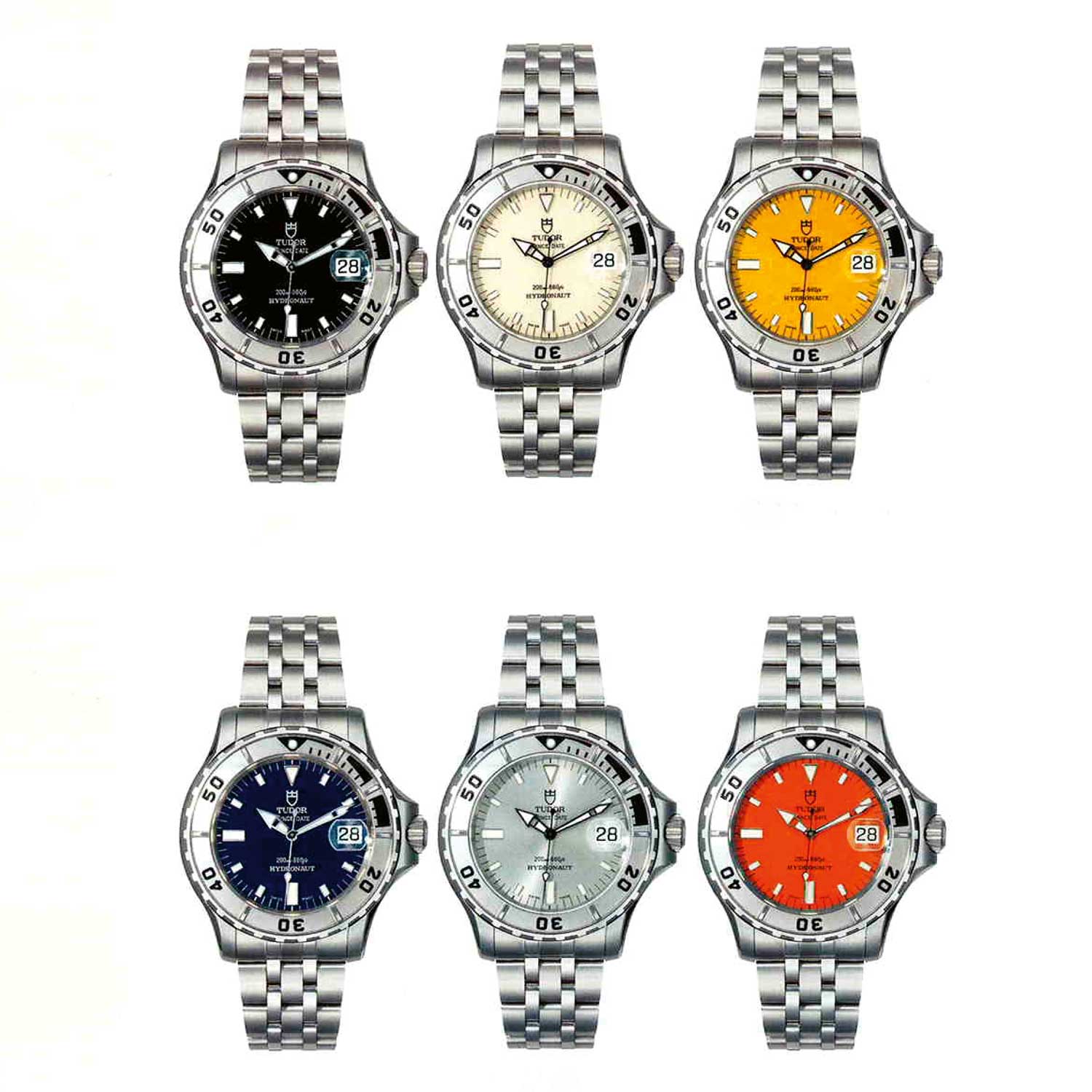
Vibrant colored dials were a hallmark of the pre- and early Hydronaut models
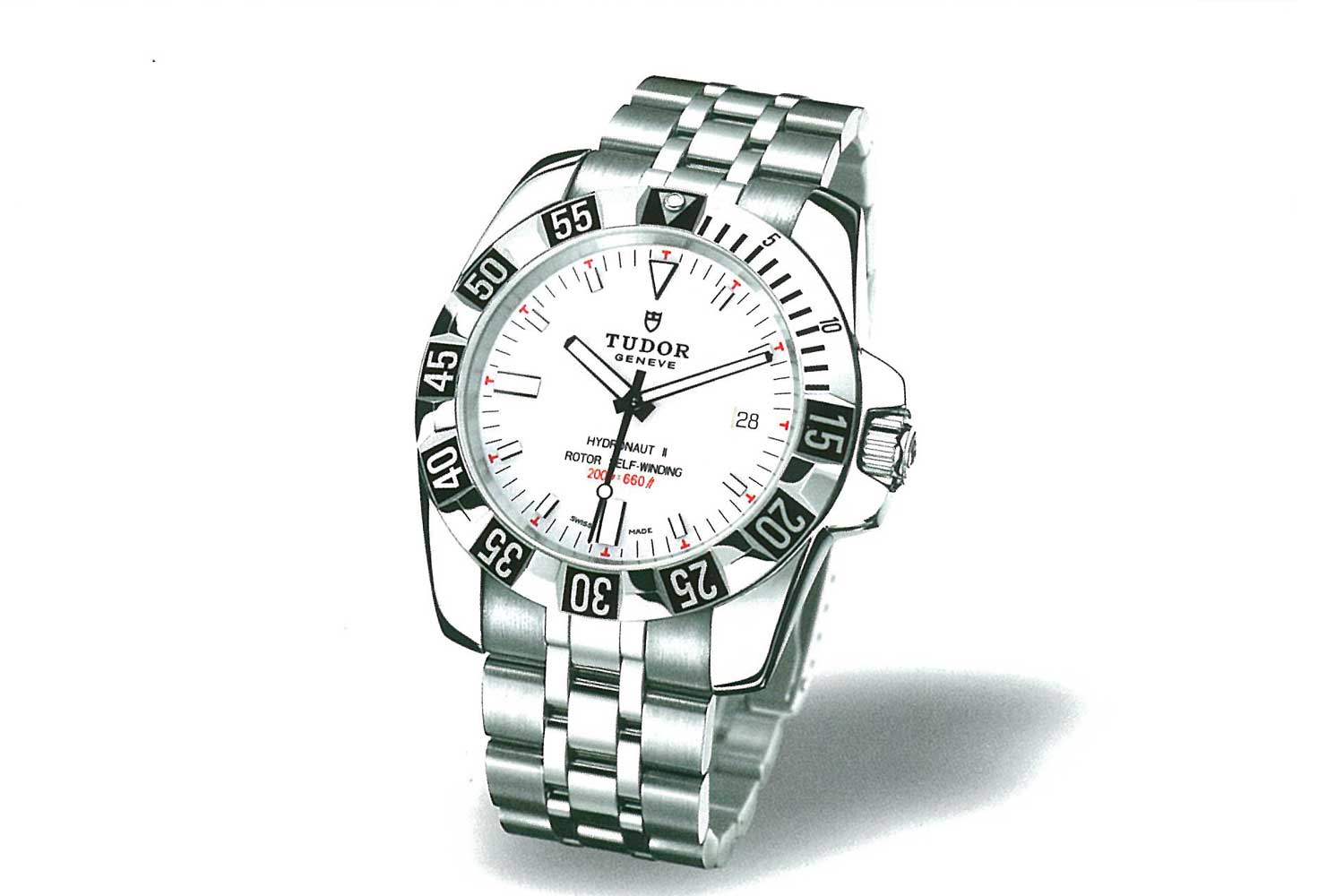
Tudor’s Hydronaut II, launched in 2007 around the same time that Rolex popularized the “maxi case,” featured wider flat lugs and pronounced crown guards
The final chapter for the Hydronaut came in 2010, which was the same year that the Heritage line was born with the incredibly popular Heritage Chrono — a riff on the vintage Homeplate chronograph from 1970. Released as the Hydronaut II reference 20060, the watches had bezels that were more like the very first Hydronaut from 1999 with a more classic-style insert but with striking red sweep between 12 o’clock and the 15-minute marker. The classic 89190 hands also made a return but with a red center seconds hand. The watch was pretty short- lived, though, as in 2012 the Black Bay was released, and we all know what happened after that!
Tudor’s GMT is born
The launch of the Black Bay GMT in 2018 was heralded as a smash hit for Tudor, with a “family” launch alongside the release of the Rolex GMT- Master II “Pepsi.” Whereas the Rolex Pepsi bezel was manufactured from 21st century ceramic, its Tudor stablemate was fitted with a vintage-style aluminum insert that gave the watch a true heritage look. Many headlines celebrated the first GMT watch from Tudor, but in fact this wasn’t the case. During Tudor’s interregnum from the UK and US markets, they were still producing watches for the Far East and European mainland. One such model was the Iconaut — a 43mm beast of a watch with dual time zone complication.
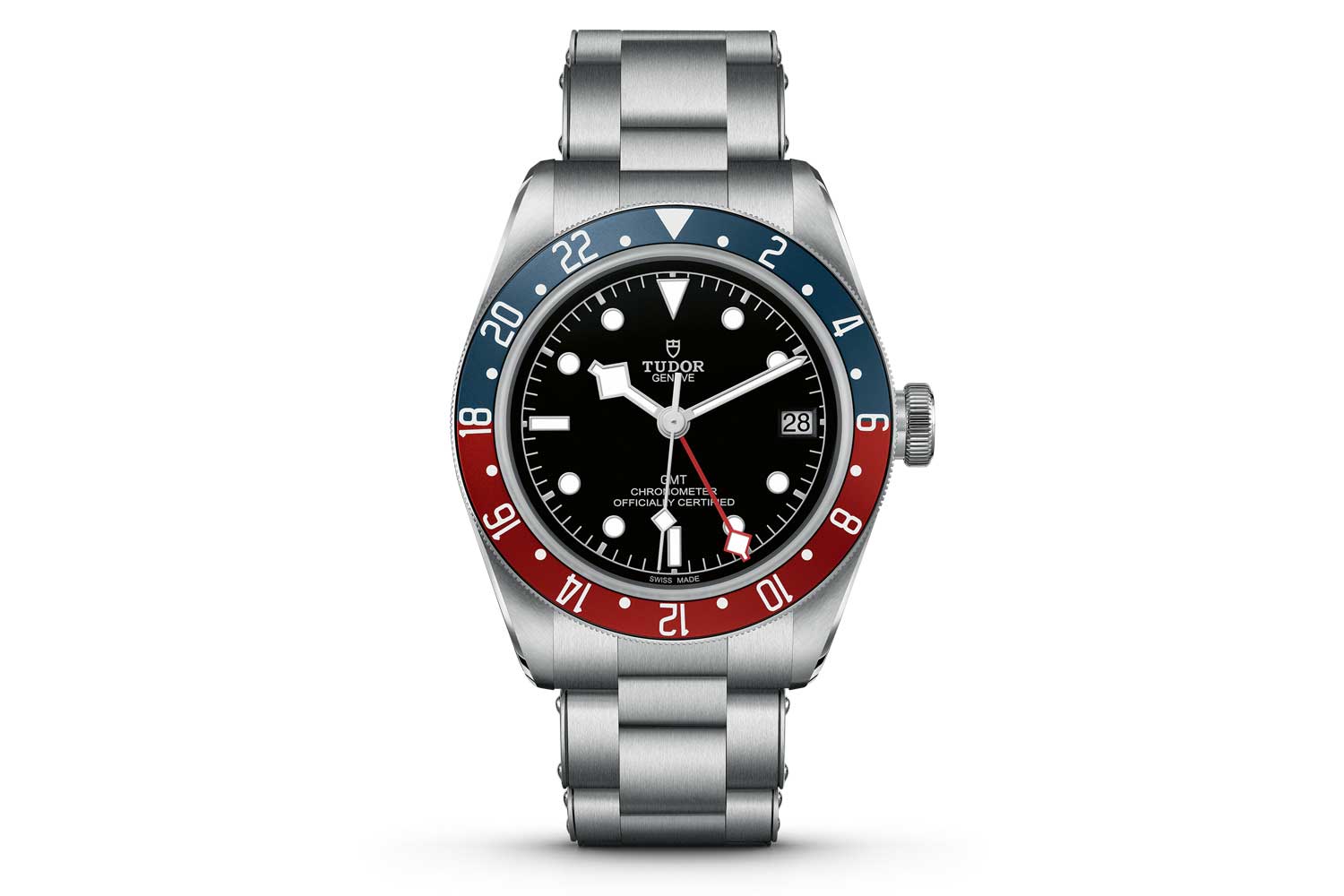
Tudor’s Black Bay GMT was launched in 2018 with the Rolex GMT- Master II — both watches featured the iconic bi-colored “Pepsi” bezel, albeit in different materials
The most common version of the watch featured a striking dial layout with, what I see as, an upside down shark fin at nine o’clock. Tudor referred to this as the “Deco” dial in the master catalogs, with the Deco referring to the shark fin design. The watches were available with three variations of dial — black, white and gray (called “Black Sun” in the catalogs). Within this shark fin is a running seconds hand. The top subdial is a 30-minute register and at the bottom of the dial an elapsed hour register. Whilst the three subdials actually look different in size, it is an optical illusion due to the dial design; each of the sub-register hands are the same small size. The center seconds hand is the stopwatch seconds hand, which also functions for the tachymeter reading. Large, almost “exploded,” 24-hour numerals are painted onto the fixed steel bezel.
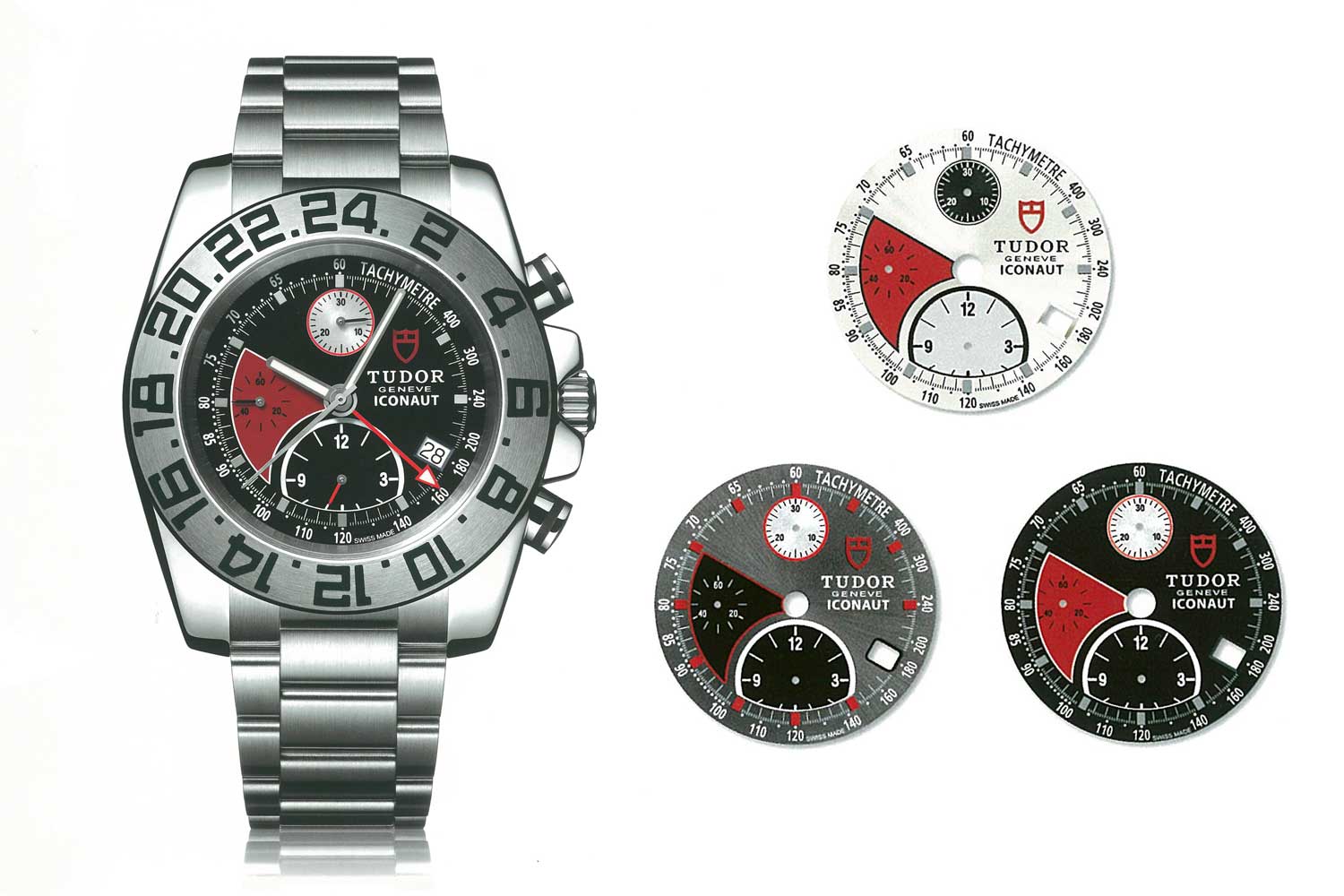
The 43mm Iconaut with shark fin “Deco” dial was Tudor’s first GMT model
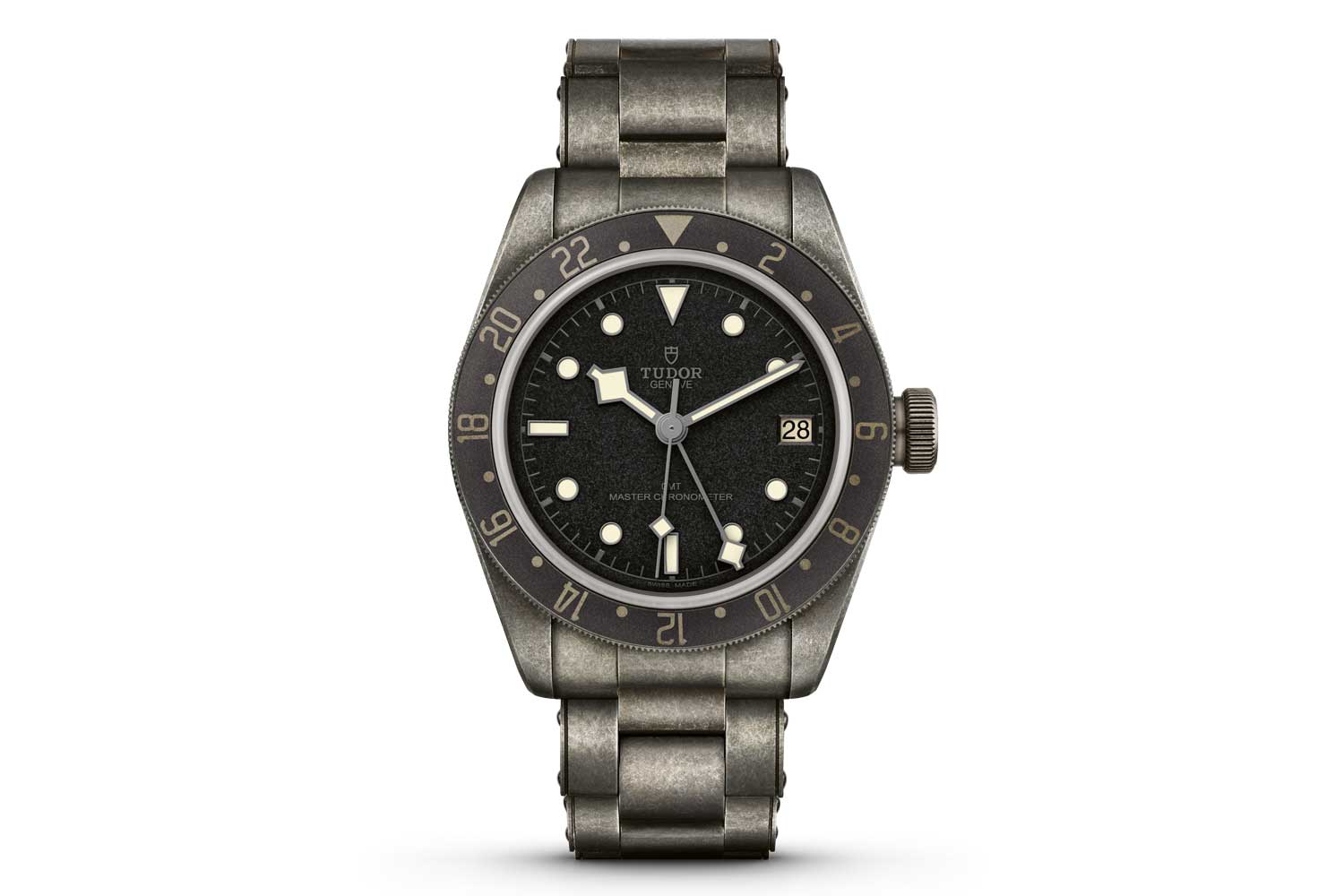
The Tudor Black Bay GMT One, a pièce unique for the 2021 Only Watch charity auction
Another GMT
In 2006, a new watch was born and, in fact, this watch could have been the offspring of a Rolex Daytona 116520 and an Explorer II 16570. The Aeronaut was given the reference number 20200 and was housed in a 41mm case with 21mm lugs. Sound familiar? Yep, just like the modern Rolex Submariner. The Aeronaut enjoyed the silhouette of a chrono, albeit with an extra pusher, and yet was a true GMT watch. The pushers of the time in Tudor sports watches were a hybrid of early Oyster pump pushers and later screw- down pushers, and were unlocked by a quarter turn.
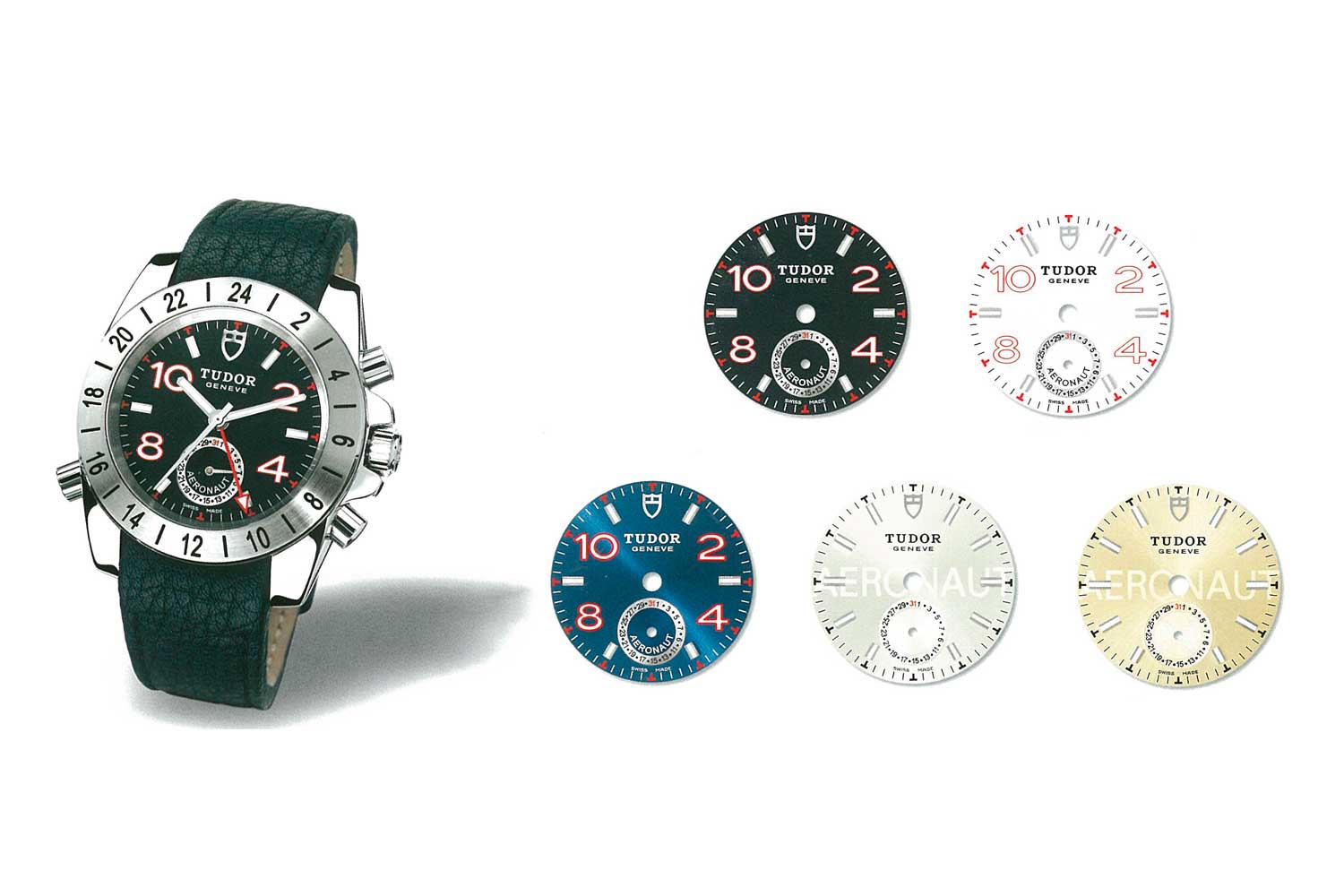
The Aeronaut gave its predecessors a run for their money with design cues that are reminiscent of the Rolex Daytona 116520 and Explorer II 16570
The 41mm case had wide polished lugs and a brushed fixed 24-hour bezel. The movement was a modified ETA caliber 2892-A2. There were essentially two different dial layouts for most of the 20200’s lifespan. A silver or champagne version with applied hour markers and the word “AERONAUT” across the entire width at the center of the dial in a lighter shade. A subdial at six o’clock was the date. At the very edge of the dial at the hour markers were small letter T’s. The other dial type had painted Arabic numerals at 2, 4, 8 and 10 with “AERONAUT” in an arc within the date subdial. The outline of the Arabic numerals was in striking red with complimentary red T’s on the dial edge at the hour markers.
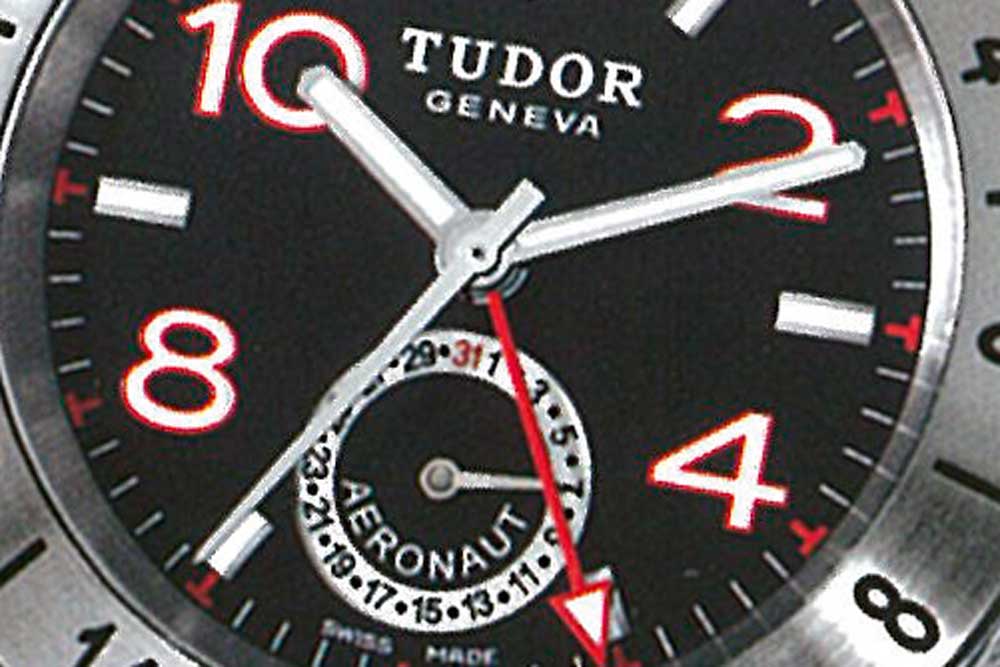
The outline of the Arabic numerals 2,4,8,10 were in striking red with complimentary red T’s on the dial edge at the hour markers










